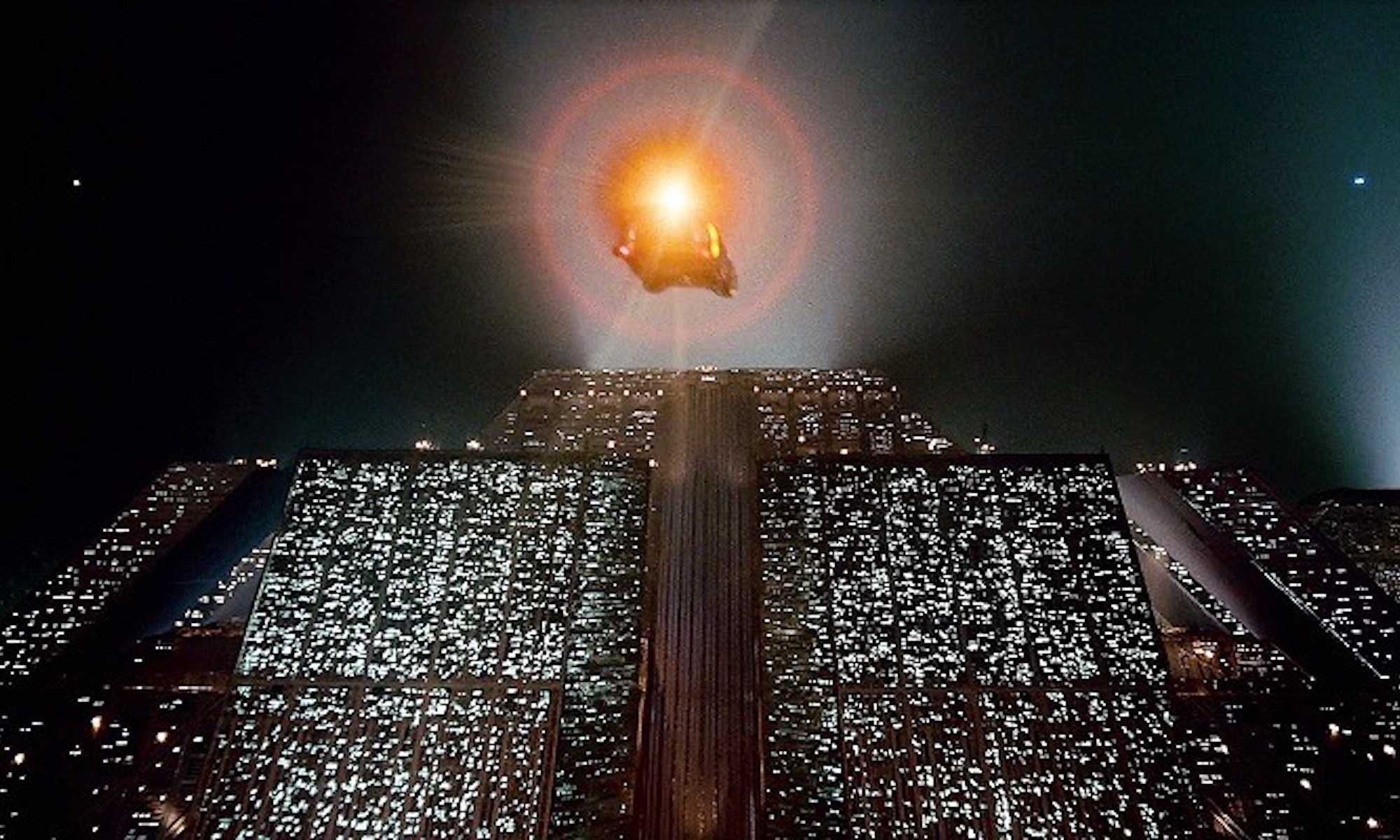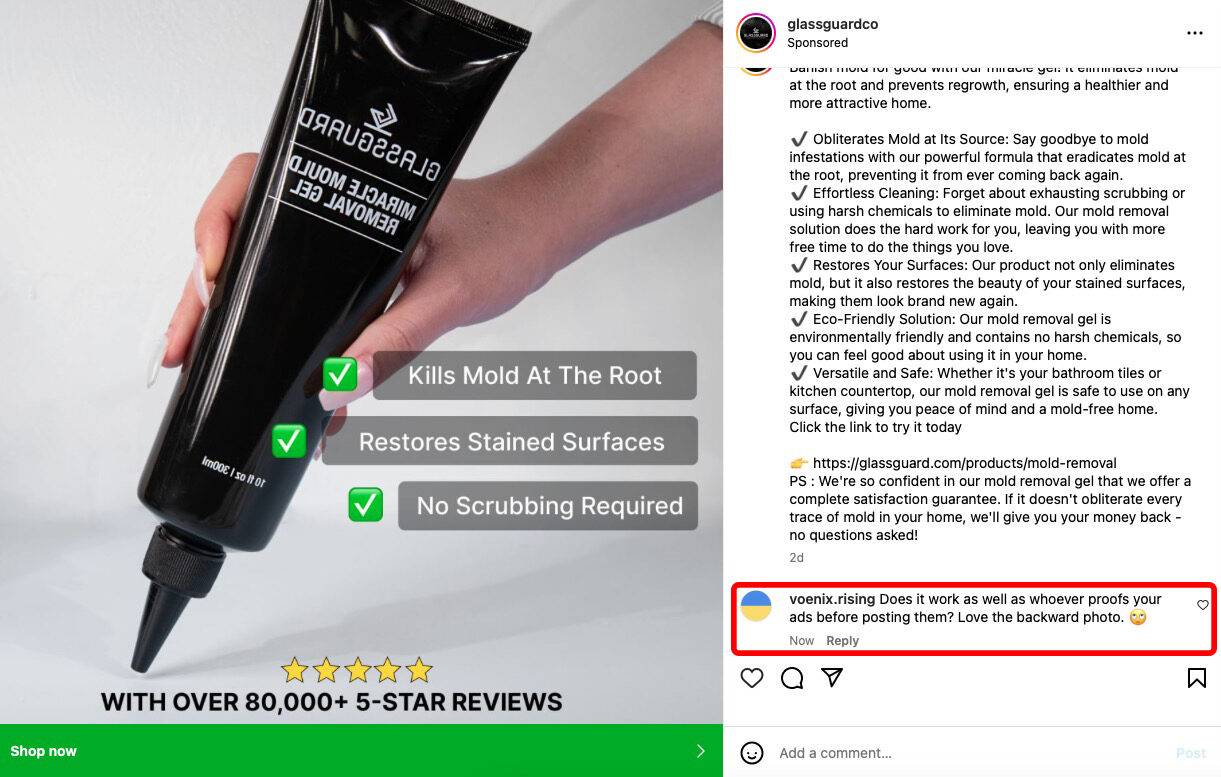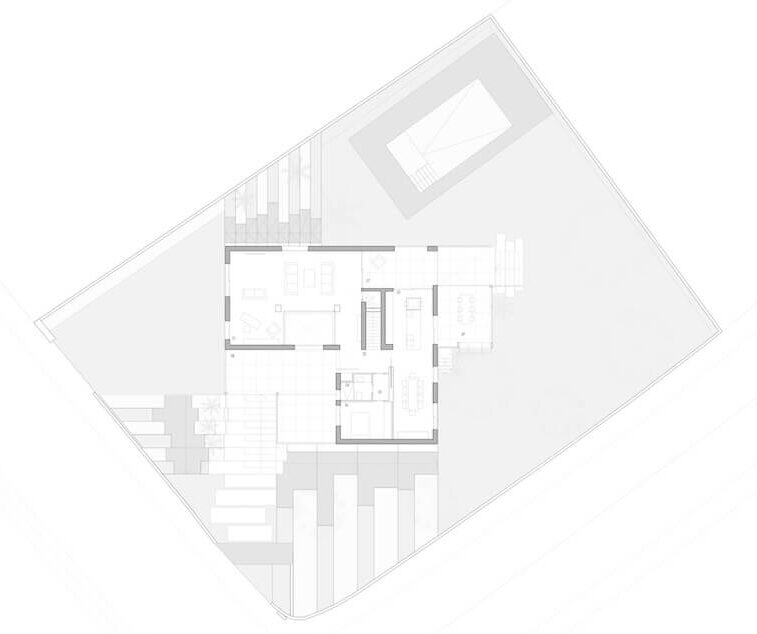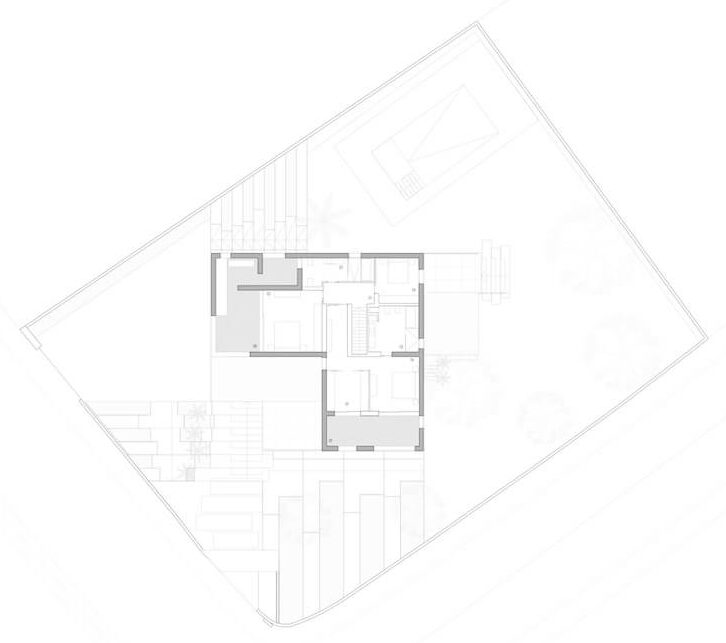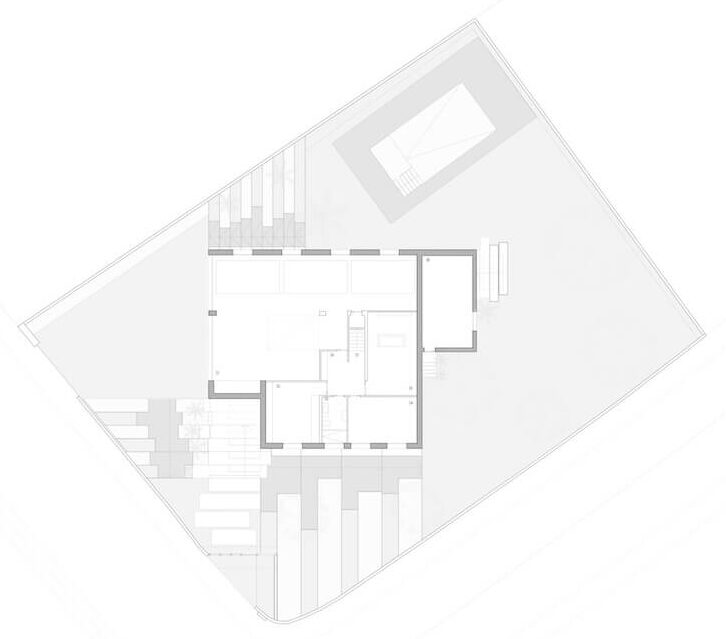THE MINISTRY OF UNGENTLEMANLY WARFARE
(2024) Dir: Guy Ritchie
Stop Being a Gay Terrorist
The Next Generation Meets The Original Series
Vomiting It All Up
Werk It!
Yes, Daddy
Triptych
🤬 🤬 🤬
I. Just. Can't.
Laughingstock
I Love Fucking With Instagram Ads
366 Days Of UNF: May 31st
G U I L T Y ! ! !
72 Hour Review
Was it worth it?
The Good
The sound quality of this D-10 is absolutely amazing. I can't get over how much better it sounds over my late 90s D-171 that I pulled out of storage a few weeks ago. While I can't do any direct A-B comparisons, just transferring a CD from the D-10 to the D-171 sounds as if I've stuffed cotton in my ears. I hooked the D-10 into my main stereo system last night via the line out jack on the back of the unit, and while it didn't sound as good as my modern Yamaha deck, it was certainly nothing to sneeze at.
The build quality is top-notch. As I wrote before, it sports a solid metal case throughout—which was the norm from Sony in 1987. I consider the visual design of the player itself to be one of the company's best, rivaled only by the previous D-7.
(As an aside, I owned a D-7 prior to getting the D-10 in 1987. It too was a fine player, and in fact I'm not sure why I ended up ditching it and getting the D-10, other than the allure of "new, thinner, lighter, shinier" thing. As I wrote previously one or the other of the units—perhaps both, it's been over 35 years now and my memory fails me in these details—had a notoriously wonky headphone jack that required multiple re-soldering jobs on my part to keep it working. That might've been the reason I replaced it with the D-10 if indeed the D-7 was the headphone jack culprit and not the D-10.)
The Bad
Cosmetically the player has its fair share of scuffs and scratches. Not unexpected considering it's age—and I doubt that if I somehow kept my original unit after all these years it would look any better. The scuffs and scratches tend to leap out in photos, but in real life you can't even see them unless you specifically go looking.
When the laser is slewing back and forth while manually selecting tracks (or when the disc ends and it returns to its resting position) it's loud. I don't remember if my original unit was this loud, but I suspect it was. My D-171 is nearly as noisy when performing the same tasks, so I don't think it's a matter of lubrication or anything, as I know this machine was lubed as part of it's refurb. I suspect it's because we've grown so inured to silent devices that provide instant access to our music over the last couple decades we've forgotten how things used to be—and which we were completely fine with at the time.
I've noticed the unit does struggle with certain disks, specifically the "Premium Series" remastered disco albums that I've featured in previous posts. They play, but a lot of audible distortion shows up almost immediately. The discs I have trouble with—as much as I love them—are of…questionable…pedigree, so that may explain a lot of it. With discs from reputable mainstream and indie labels, I haven't had the issue. (They occasionally skip a bit on my D-171, but they play flawlessly on my Yamaha deck.)
The Ugly
As I wrote before, there is absolutely no skip-protection on the D-10.
When this unit came out, The feature hadn't been invented yet (or the cost of implementing it was prohibitive) and it seems all you have to do is sneeze in its general direction and it will jitter and skip. I don't remember my original one being so sensitive but if it was, I wonder how I actually lugged it around San Francisco in my backpack while listening on my daily commute, unless—like the slewing noise—this was just something that was an accepted part of the new technology. But like I said, since it's going to live on my desk and not get used while moving around, this is a moot point…as long as I don't inadvertently bump it! (To its credit, it does recover almost instantly.)
Conclusion
Was it worth it? All things considered, I'm honestly torn between "meh" and "fuck yes!" The one thing that is certain is that I plan on enjoying the hell out of it for years to come, if just for the sound quality alone. I even checked with the guy I bought it from (whose advocation actually seems to be repairing these vintage Discmans) to ask if I can send it back to him for any future repairs, and he said yes. All I have to do is cover the shipping. And he's even someone who enjoys talking shop…
I Could Live There
…with full-time housekeeping and landscape maintenance, of course.
Ruben Muedra Estudio De Arquitectura: The house is located in a private residential area with low population density and characterized by its large open spaces, gardens, and extensive woodlands. In this setting, we are met by a house from the 1970´s, whose poor construction has left only part of its base structure, and whose peculiar positioning has created a diamond-shaped plot.
The initial response consists of fully completing the preexisting prism via sculptural methods by modeling a complete structure from travertine marble and, subsequently, sculpting horizontally (the floors) as well as vertically (the heights) to form each empty cube. Using this method, we move from the entrance of the house to each of its terraces.
In this manner, a pure, solitary and geometrically vibrant structure is created and also takes advantage of the wide open spaces as a response to the functional necessities of each element. The first space corresponds to the entrance to the house (and is the only finished square floor at semi-basement level). Following the same style, every zenithal hollow gives rise to a private terrace that acts as a filter for each of the main bedrooms. Likewise, in height, each room is provided with a square space whose position, size and opening system responds to its specific functional needs.
The house is at a 45º rotation angle to the plot, which allows for an extension from interior to exterior on all four sides of the structure. Similarly, the functional program is distributed by sections according to the different uses that each space will have. The semi-basement is the parking and leisure area; the ground floor is the day area and is characterized by progressive, free-flowing spaces that open up to the exterior; and the first floor is for the night areas with their exclusive terraces.
The powerful travertine that wraps around the building in a continuous line, contrasts with the wealth of materials used on the inside whose functions have been adapted according to the necessities. Continuous pavement in the parking area, textiles in the film room, synthetic materials in the gym, ceramics in the day area and wood in the night area. Also used are vertical coverings comprised predominantly of walnut and marble effects in black and white.
The house´s sculpted shape gives rise to its use of natural illumination as an additional construction material. It controls, filters, and sifts the incoming light according to its use and orientation. It distributes artificial light in the same manner by making use of concealed lighting, combining linear, circular and punctual effect sequences depending on the needs of the interior and exterior spaces. The house also has sophisticated installation and automatic systems that allow users to control every one of the devices in the home (IoT). This house is designed by and for its inhabitants, and it puts many of the Well Building principles into practice.
In the exterior, the garden areas stand out and progress in intensity and density. Beginning with the white gravel garden in the entrance and continuing to the grassy area with trees near the pool, the gardens belonging to the house intertwine and fuse with the wooded areas in the surrounding landscapes.
In summary, this is a progressively adaptive and sensitive project. Beginning with the pure travertine block characterized by large hollowed-out spaces, it reaches a vast richness and variety from its versatility of programs and materials, both interior and exterior.
[Source]
366 Days of UNF: May 30th
I Think I've Found My Next Tattoo
No Lie Detected.
Take Me Back To The 80s
Get In There
Released 40 Years Ago Today
Tina Turner: Private Dancer (1984)
66 Trips Around The Sun 🥳



